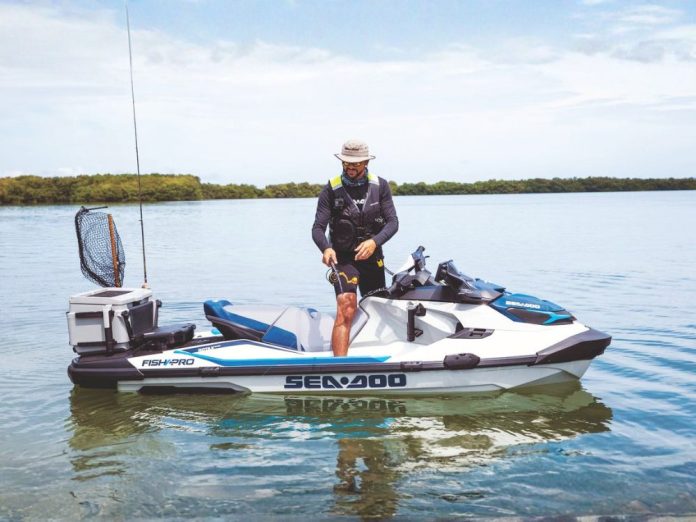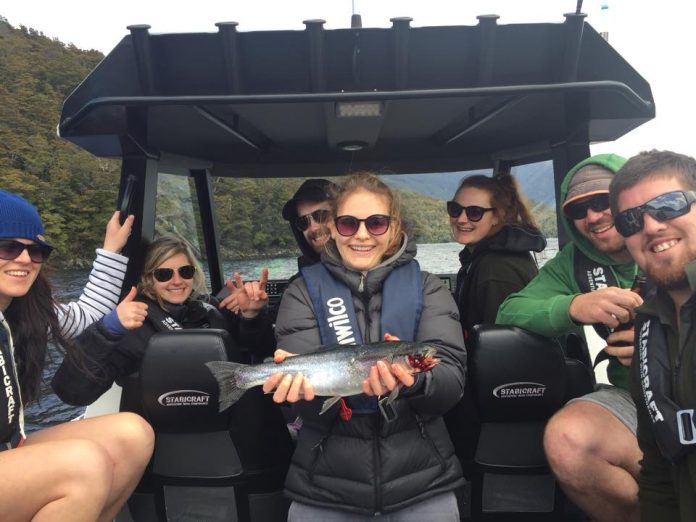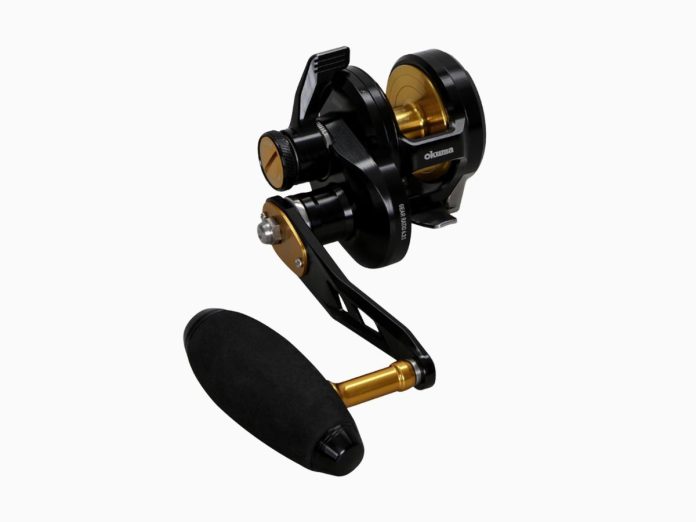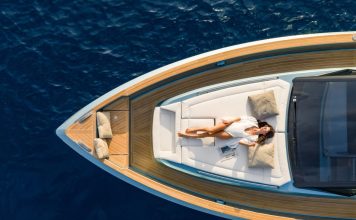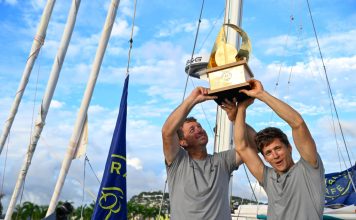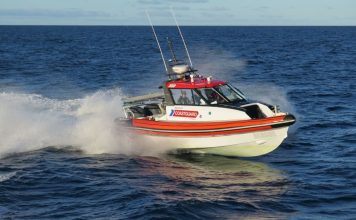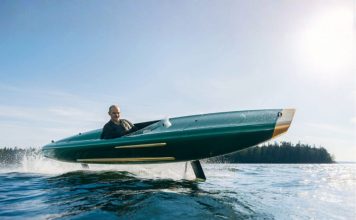In our fast-changing world modern anglers adapt to make fishing trips worthwhile, writes Mark Kitteridge.
Perhaps most critically, the rapidly increasing price of fuel is encouraging many anglers to fish closer to home. Which isn’t necessarily bad. After all, near-shore waters around northern New Zealand host plenty of snapper, especially during the warmer months, although they’re generally not very big, especially around Auckland. Ditto for the kingfish.
So how do we make the most of this situation?
Then there’s the skyrocketing price of bait and berley. A typical day’s fishing can cost between $100–200 in bait – expensive when compared to a couple of $20–25 slow-jigs or $10–15 worth of soft-baits, which can last more than one trip if you’re lucky.
Finally, aging can limit your capabilities physically, both strength and fitness, but rather than fighting this natural progression of life, let’s embrace it!

SLOW-JIGGING FOR SNAPPER
Prices for everything may have skyrocketed, but a basic slow-jig outfit still costs about the same as one big day’s worth of bait and berley. So, from the second day on, it’s all gravy!
This outfit can be configured for either overhead or spinning reels, but appropriate rod style should be light and whippy and the compact reel should hold at least 200m of 8–15kg braid. As a bonus, slow-jigs are very easy to use – if you are familiar with dropping a weight or sinker to the bottom and then slowly winding it up a few turns, then you can catch fish on slow-jigs!

SLOW-JIGGING BASICS
Fishing from a drifting boat works much better than from an anchored one.
Slow-jigging works best in deeper water (ie; 20–100m).
If uncertain how heavy a lure to use, choose the heavier option. It’s important the lure reaches fish holding close to the bottom and remains in the zone – I recommend lures of between 100–140g as a starting point.
While work-up situations can produce amazing fishing, they’re not essential to slow-jigging success by any means. Snapper can be caught on slider/kabura lures pretty much wherever you see sign on the fish-finder.
If bites are felt, don’t strike but steadily lift the rod instead, or wind more quickly. Fish simply rip the tendrils off the lure without hooking up if you strike. More anglers are settling for fishing closer to home to save on fuel, even though in many parts of the country the average size of snapper appears to be getting smaller. I’ve really noticed this over the last two seasons in Auckland, with perhaps as much as 75% of the ‘catch’ in my local waters being undersized.
So, in recognition of the fact that it’s not necessary to use an ‘elephant gun to shoot a rabbit’, many anglers are downsizing their tackle to better suit the changing situation.
Interestingly, many anglers who adopted lighter gear have kept on using it, regardless of fish size, because it’s so effective and such a buzz to use!
In addition to making today’s smaller on average snapper more fun to catch, light soft plastics gear regularly tricks much bigger snapper with more subtle lure presentations, and good-sized trevally. I’ve found trevally are a much more regular bycatch on the 3–4-inch (7.6–10.2cm )soft-baits that are typically used!
As for which soft-baits are best, keeping in mind this feature is about fishing smarter, I recommend using tough, elastic-type soft-baits such as examples from Z-Man and Bait Junkie. Yes, Gulp! products are great for getting bites, but the Z-Mans and Junkies frequently catch between half a dozen and two dozen fish before needing replacement, so they’re easier on the wallet.

JIGGING FOR KINGFISH
As a keen kingfish jigger for more than 45 years, it’s been hard for me to accept that brandishing a 37kg outfit armed with a 400–500g jig is not really realistic any more. Fishing one is simply too physically demanding..
Luckily for me (and other ‘more mature’ anglers), catching averaged sized kingfish doesn’t require 37kg tackle, so unless you’re fishing places such as the Three Kings Islands, Ranfurly Banks, White Island etc, 24kg gear is perfectly adequate – and so much more enjoyable to use!
This gear is perfectly fine for deep water too, using long, slim jigs (collectively known as ‘knife jigs’) of around 200–300g. Such jigs are easier to move through the water than heavier, fatter ones, but still attract good-sized kingfish.
When jigging in relatively shallow water (less than 30–40m, say), try using wider, more fluttery jigs between 150g and 200g in weight. These can be lifted and dropped more slowly, so you won’t get tired as quickly.
Technique is important. The lure must be in constant motion and ‘mechanical jigging’ achieves this, so it pays to practice that repetitive rod lift and drop combined with a simultaneous single rotation of the handle until it becomes second nature.
But be smart here, too. Don’t mechanically-wind and jig faster than you can keep in rhythm – it’s better to have the right lure action than an uncoordinated shambles. And don’t wind the lure too high up in the water column either – most of the strikes around deep water structure take place around 15–20m above it, so concentrate on the bottom third to half of the water column. Fishing just the bottom section of the water column helps guard against exhaustion too, giving you regular short breaks every time you stop jigging and drop the lure back towards the bottom again.

TOPWATER LURES FOR KINGFISH
It’s a similar tackle deal when fishing topwater lures for kingfish. Kingfish around the inner Hauraki Gulf tend to range between 3kg and 13kg in size, so heavy gear is not necessary. Consequently, many anglers have downsized to top-water rods with PE3-5 (30–50lb or 15–24kg) capabilities, rather than using the heavy, powerful and relatively cumbersome PE8 (37kg) sets I once used and recommended.
When loaded with 200–300m of 15–24kg braid, these lighter rigs are much nicer to use, especially when working stick baits. Yes, there’s nothing as effective as a popper for waking fish up and getting them to investigate, especially on calm days, but making big poppers ‘bloop’ is tough on the body. Stick-baits, on the other hand, simply require repeated sweeps of the rod for them to swim enticingly during the retrieve. Much easier! Determining the right length and speed of your sweeps is the key to success.
When it comes to poppers, which I still use as search baits to raise fish, I compromise by choosing small-faced models that create a decent amount of disturbance but are easier to work through the water.
And if all that topwater casting becomes too taxing, you can try trolling a couple of topwater lures 15–30m behind the boat, around likely looking areas at 2–3 knots. Don’t use a rod holder but instead hold the rod and work it so the lure pulses forward and drops back. It can work extremely well at times! BNZ
LIGHTER SOFT-BAITING TIPS
- Use 7’6”–8’6” (2.13m to 2.3m) rods rated for 4-7kg breaking strain line, paired with reels that hold at least 200m of 4-7kg braid. Tie on 2-3m of 12-15lb (5–6kg) fluorocarbon leader.
- Use 3–4” (7.6– 10.2cm) soft-baits on jig-heads armed with 1/0–3/0 hooks for best results; ¼–3/8oz (7g–11g) jig heads (or even lighter) suit depths to 12m, while 1/2oz (14g) heads work well in 10–20m (plus).
- Cast out as far ahead or to the side of the boat as possible (which direction depends on the circumstances), point the rod along the line, then wind winding in any extra slack line while the lure’s descending. Around 90% of the bites occur during the fall, so good contact is vital. Respond to any unusual line movements – jerks, jiggles, slackening or acceleration – with a fast wind of the handle rather than striking. This commits fish into hanging onto the ‘bait harder, or else biting again if they’ve already spit the lure out.
- The application of a scent additive attracts more aggressive strikes and encourages fish to hang on to lures for longer, making hook-ups more likely.












